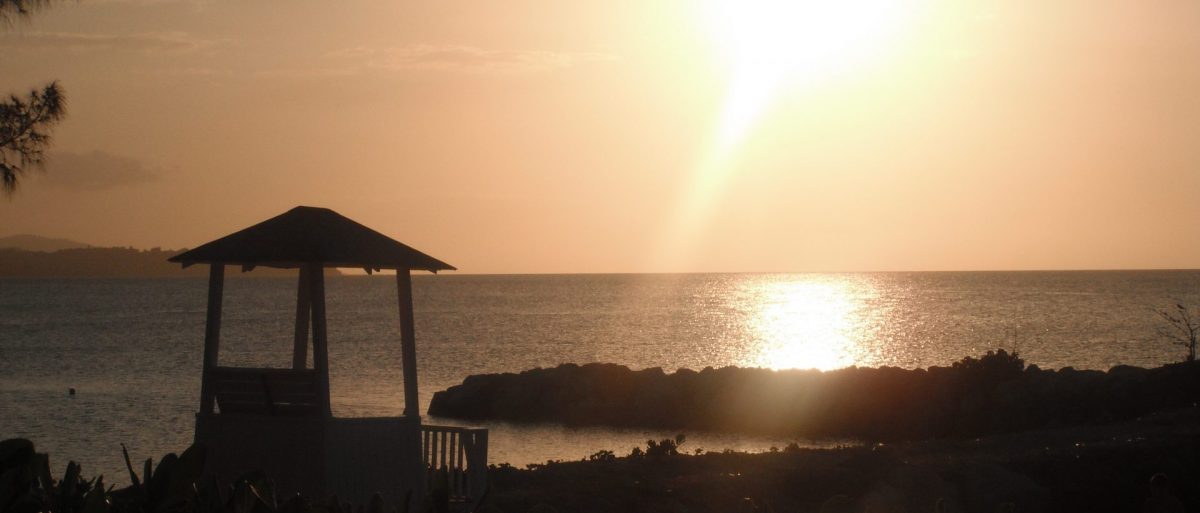Many of you have expressed interest in the immigration process. Upon delivery of the majority of documents and the second payment to our immigration attorney in Panama City, we received an email which we will share in part below. The documents had to be delivered in advance for review and translation to Spanish.
Dear Jennifer and Greg,
Below is the planned schedule for your visa application process. We will need you for a total of 7 working days.
Note: The schedule does not take into account unforeseen events. You will have to remain flexible during the visa application process.
We will need you to bring with you:
1) Passports. Make sure your passports have more than 6 months before expiration and that they are not torn in any way.
2) Cash to pay for the immigration fees, our legal fees, and expenses.
3) Five “carnet” or “passport” size pictures. (Can be done in Panama)
4) Original documents to present to immigration
Transportation:
If you want to use private transportation, we can recommend reliable drivers.
(Here she recommends 7 drivers to deliver us to the meetings at her office and immigration.)
Communication:
Please, download to your smart phone the “whatapp”.
1) The 1st day at 9:00 AM, I can see you in my office. We will fill out forms.
(Here she provides the address of her office along with her cell phone number and Google map to the office.
2) The next day early at 7:15 AM you will meet with my assistant at the “Servicio Nacional de Migracion” in order to register you. The cost will be $5.00 each. From immigration you will go to the office.
(Here she provides the Google address link for Servicio Nacional de Migracion) The popular address is: Servicio Nacional de Migracion in Tumba Muerto next to the Excel dealer.
Please wear proper attire; No sandals, short pants or sleeveless blouses.
3) Depending when all the documents are ready, we will go to the “Servicio Nacional de Migracion” in order to apply for the visa. You will need to leave your passport in the office and $50.00 each to pay for the initial ID cards good for 6 months.
4) The next morning, you will meet with my assistant at the Servicio Nacional de Migracion in order to get the initial immigration identification cards and the multiple entry visa. The cost will be $50.00 each. Immigration will retain your passport for 2 days, while they complete the multiple visa process. You will have an ID with you from immigration that you can use in Panama. We will return your passport back ASAP.
5) The balance of all the fees for visa bill will be due at this time. We will send you an invoice that is due before we return the passports to you with the multiple entry visas so you can travel out of Panama at will.
We will definitely be taking advantage of the private transportation that she recommends. Having spent a little time in Panama City in October, we know that traffic is a nightmare and the streets will have very few identification markers (no street signs). Her email above eluding to the common address next to the Excel Dealer leaves us laughing. We will have a rental car, but we do understand there is no room for error when reporting to immigration. The other thing notable in her email is the need for proper dress. The government offices in Panama command the respect of being properly dressed. What a novel idea. It is too bad that doesn’t go without saying. The people in Panama are very proud to dress properly when reporting to a government office. It is unfortunate that American people do not share that pride. We will keep you posted as to how this schedule plays out.

Today’s Spanish lesson will be helpful at immigration. Gracias por guiarnos a traves del proceso de inmigracion…translated means thank you for guiding us through the immigration process.
Gracias for continuing to follow this blog. Remember to check back often, like and share.
Adios









